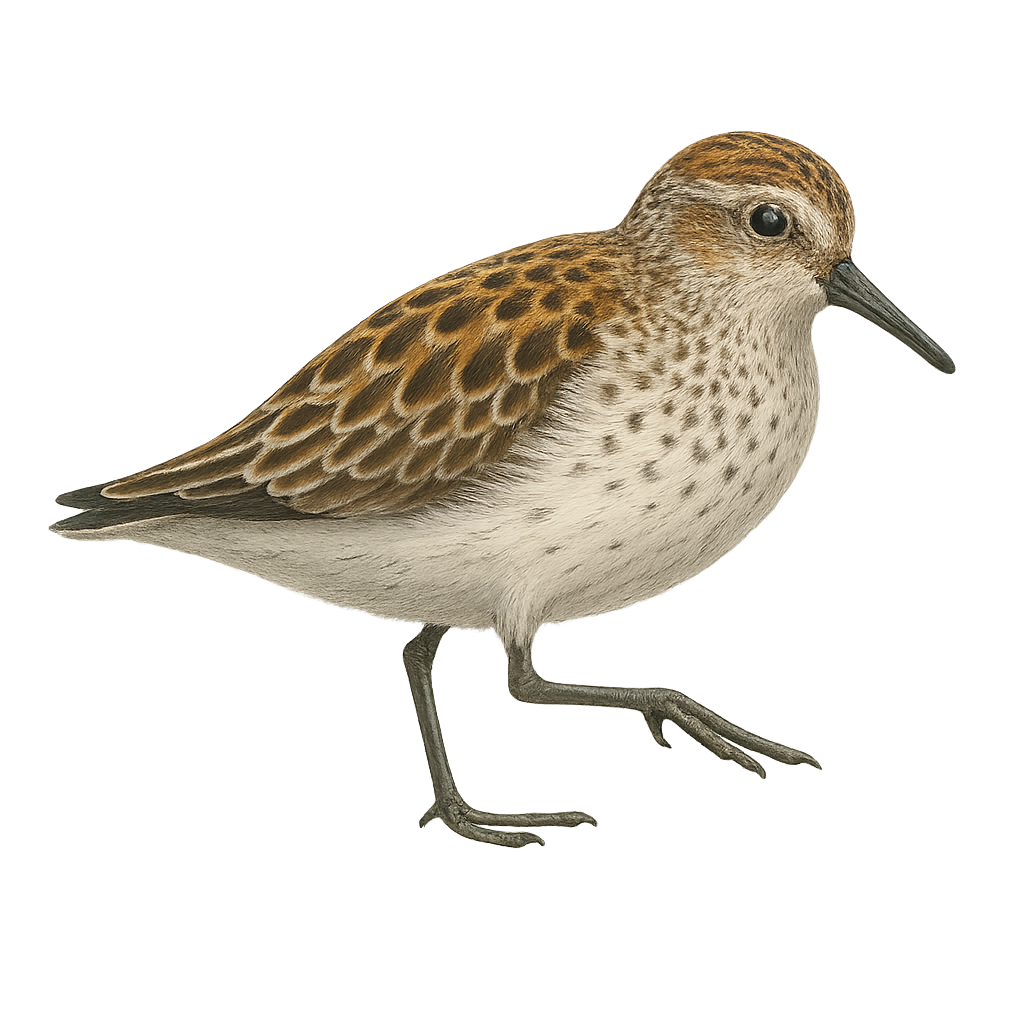Your wildlife photography guide.
Explore the western sandpiper in detail, study its behavior, prepare your shots.
Where to observe and photograph the western sandpiper in the wild
Learn where and when to spot the western sandpiper in the wild, how to identify the species based on distinctive features, and what natural environments it inhabits. The WildlifePhotographer app offers tailored photography tips that reflect the western sandpiper’s behavior, helping you capture better wildlife images. Explore the full species profile for key information including description, habitat, active periods, and approach techniques.
Western Sandpiper
Scientific name: Calidris mauri

IUCN Status: Least Concern
Family: SCOLOPACIDAE
Group: Birds
Sensitivity to human approach: Suspicious
Minimum approach distance: 10 m
Courtship display: June to July
Incubation: 20-22 jours
Hatchings: June to August
Habitat:
Wetlands, coasts, estuaries
Activity period :
Primarily active during the day, with peak activity in the morning and late afternoon.
Identification and description:
The Western Sandpiper, Calidris mauri, is a small shorebird found primarily along the coasts and wetlands of North America. It is identifiable by its brownish-gray plumage with darker patterns on the back and a slightly streaked breast. Its slender, slightly curved bill is well-suited for probing mud for food. During the breeding season, it migrates to Arctic and subarctic regions to nest. Its diet mainly consists of invertebrates, small crustaceans, and insects. Outside the breeding season, it often forms large flocks with other sandpiper species.
Recommended lens:
400 mm – adjust based on distance, desired framing (portrait or habitat), and approach conditions.
Photography tips:
To photograph the Western Sandpiper, it is advisable to use a 400mm lens or longer to capture detailed images without disturbing the bird. Look for areas where they feed, such as mudflats or estuaries, and be patient. Use a tripod to stabilize your camera and wait for the bird to come closer. Try shooting early in the morning or late in the afternoon to take advantage of soft, natural light.
The WildlifePhotographer App is coming soon!
Be the first to explore the best nature spots, track rutting seasons, log your observations, and observe more wildlife.
Already 1 431 wildlife lovers subscribed worldwide

